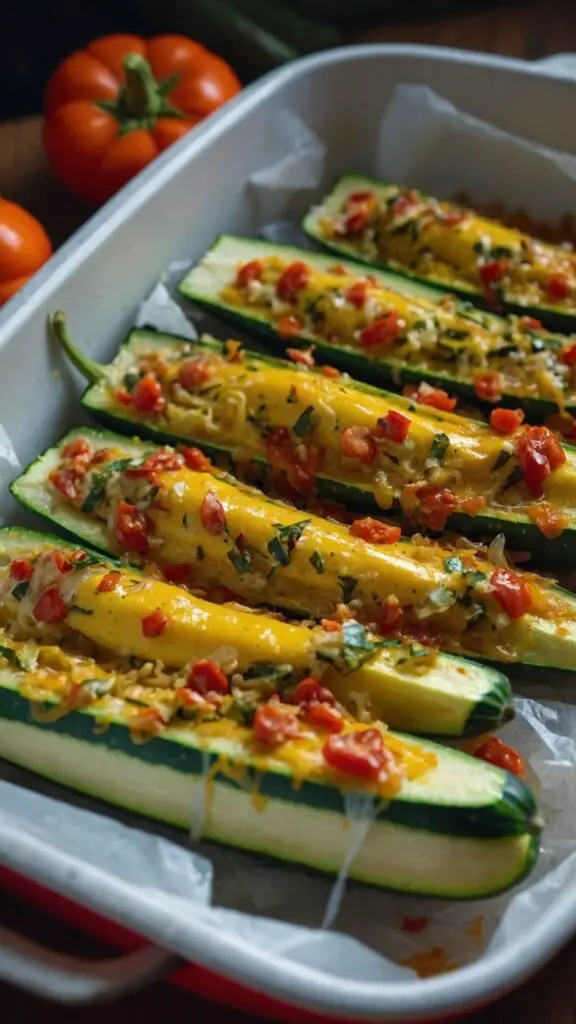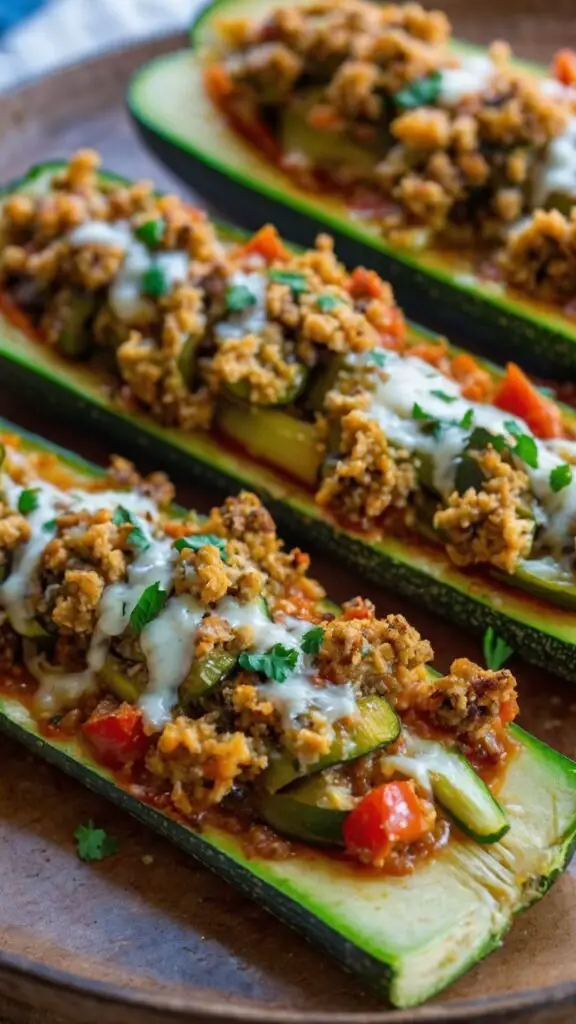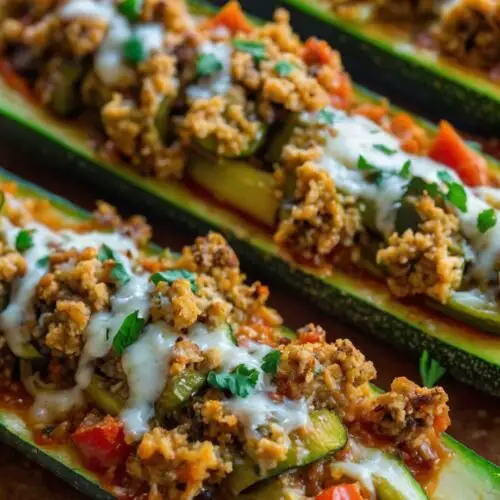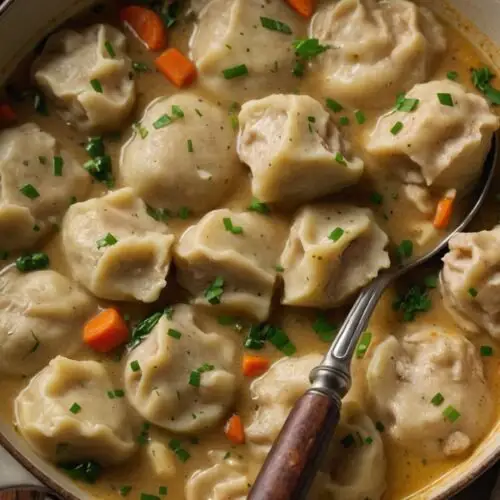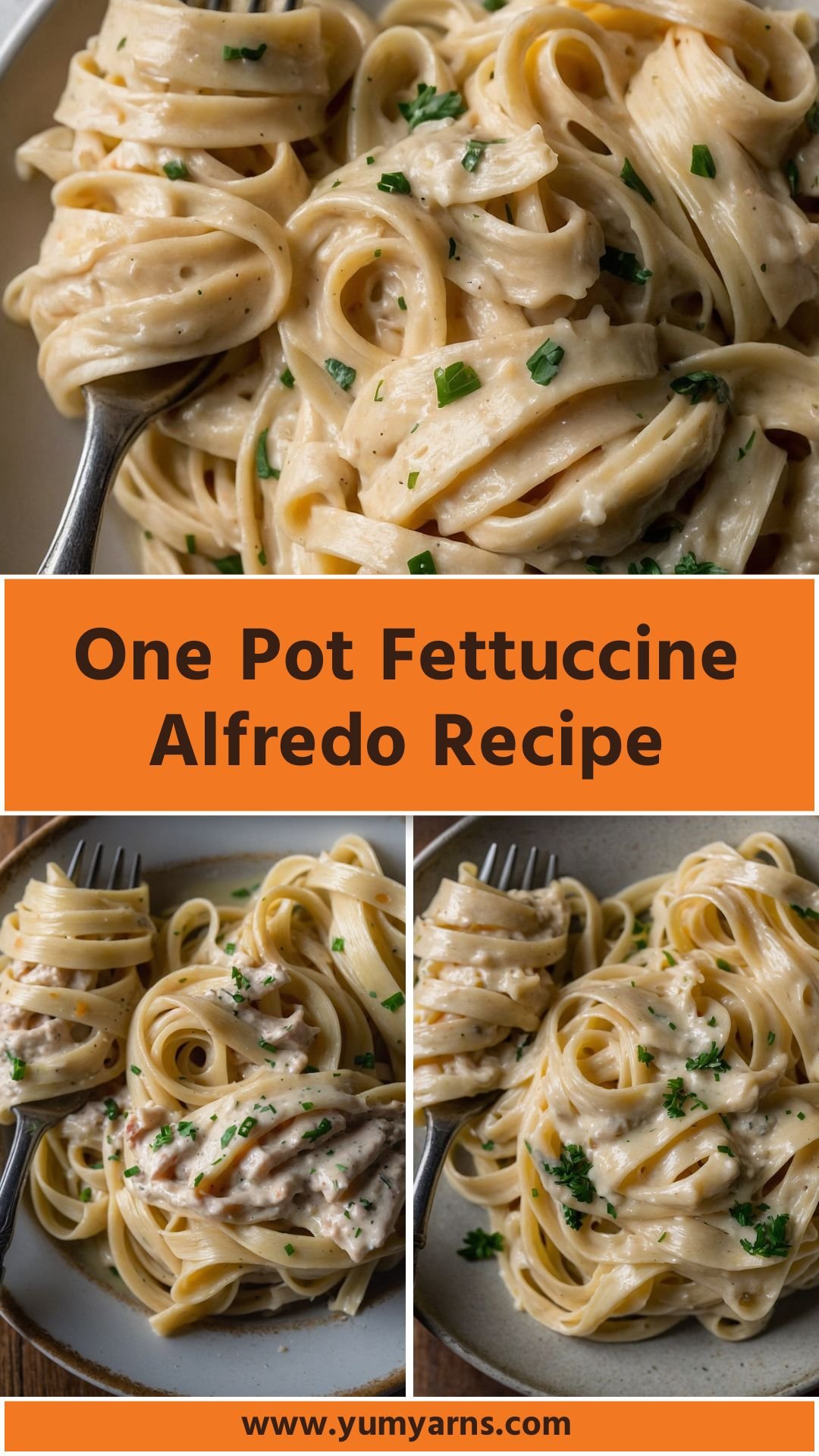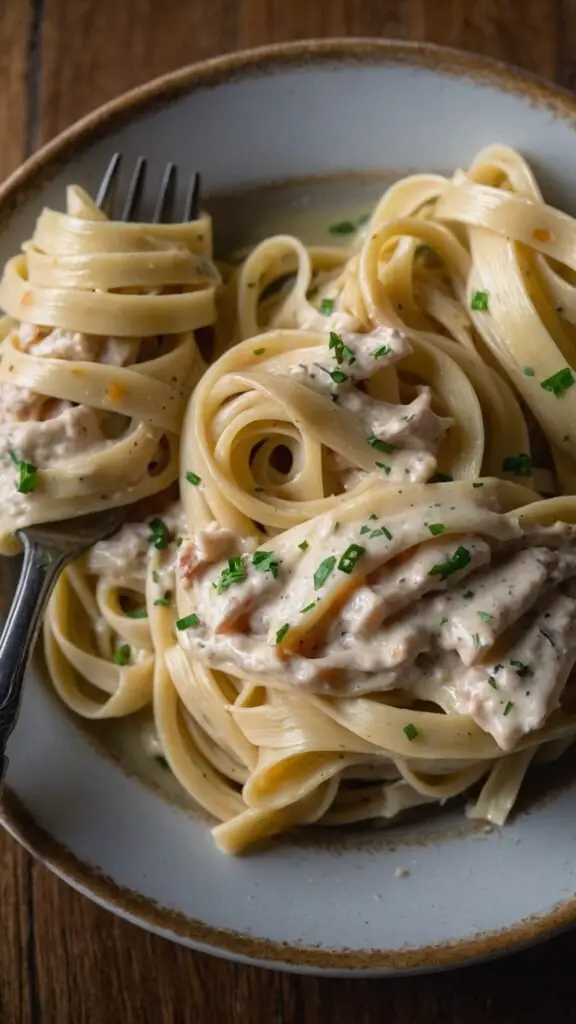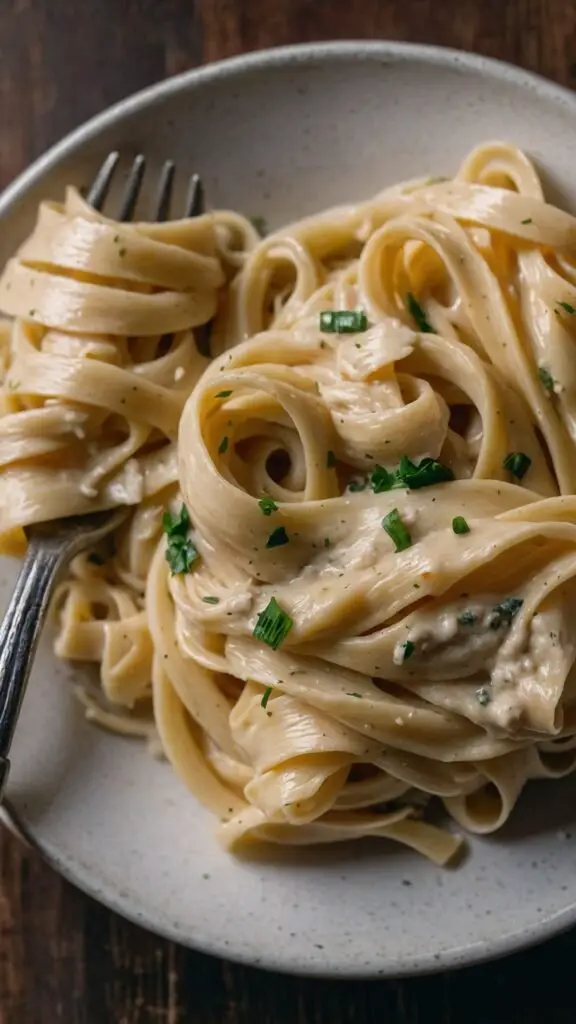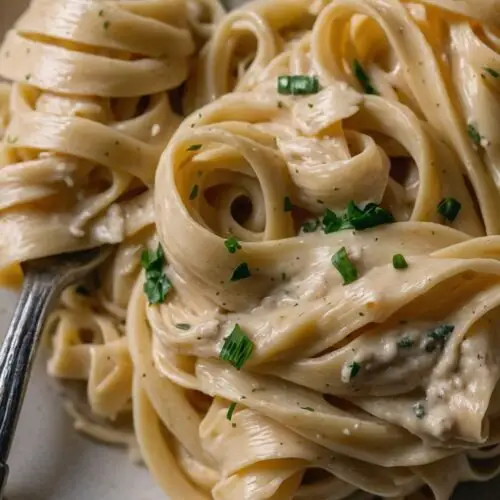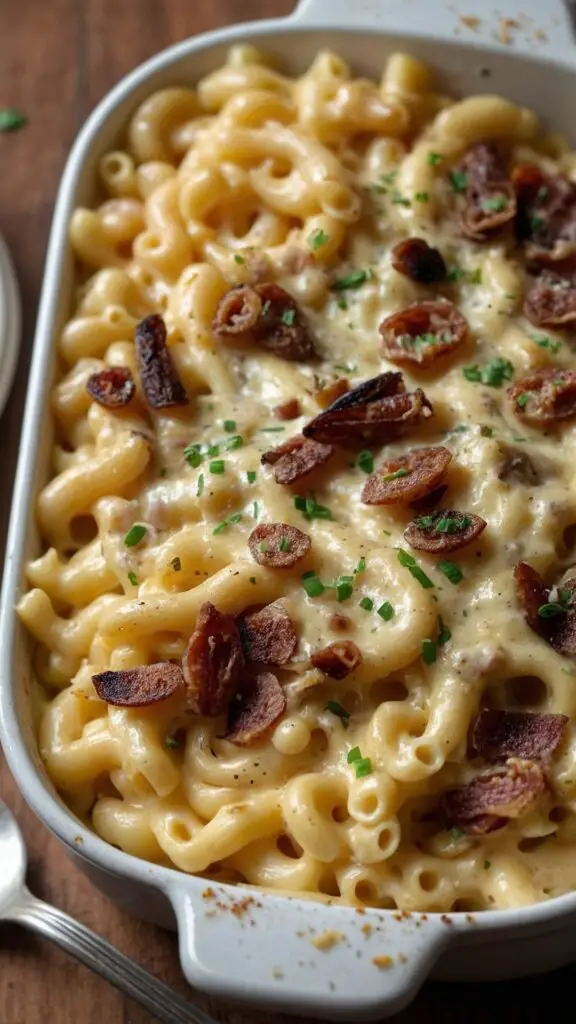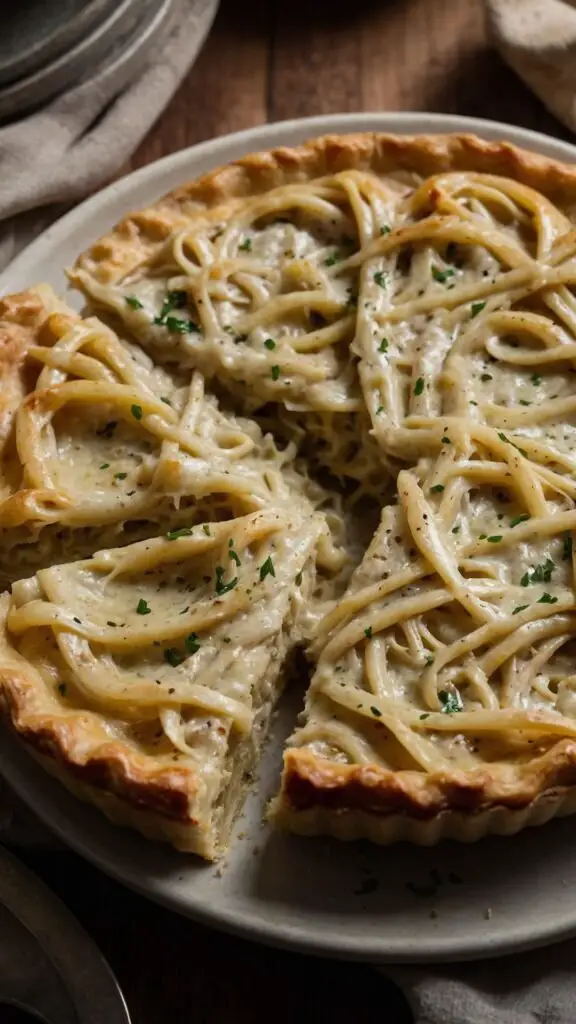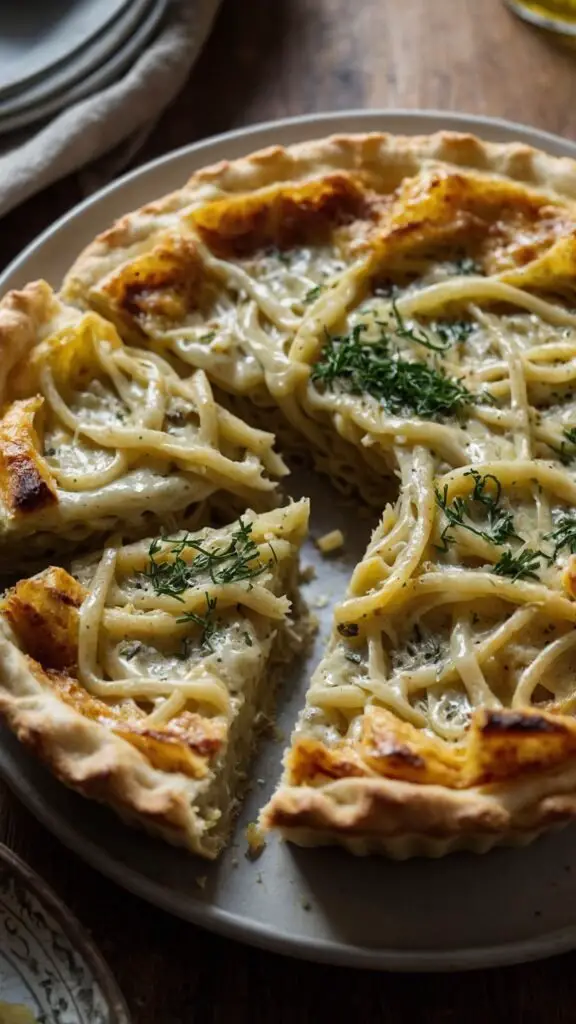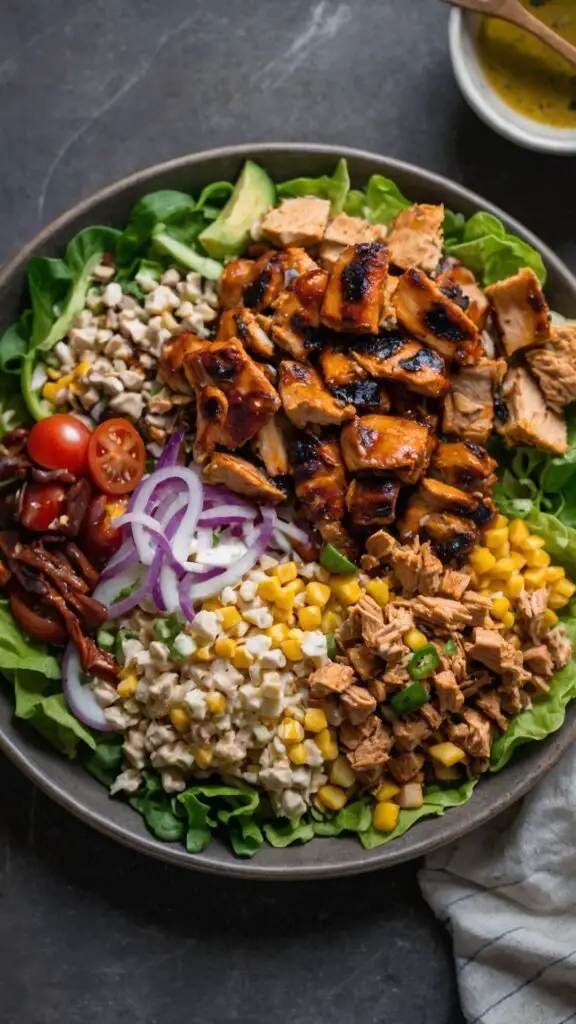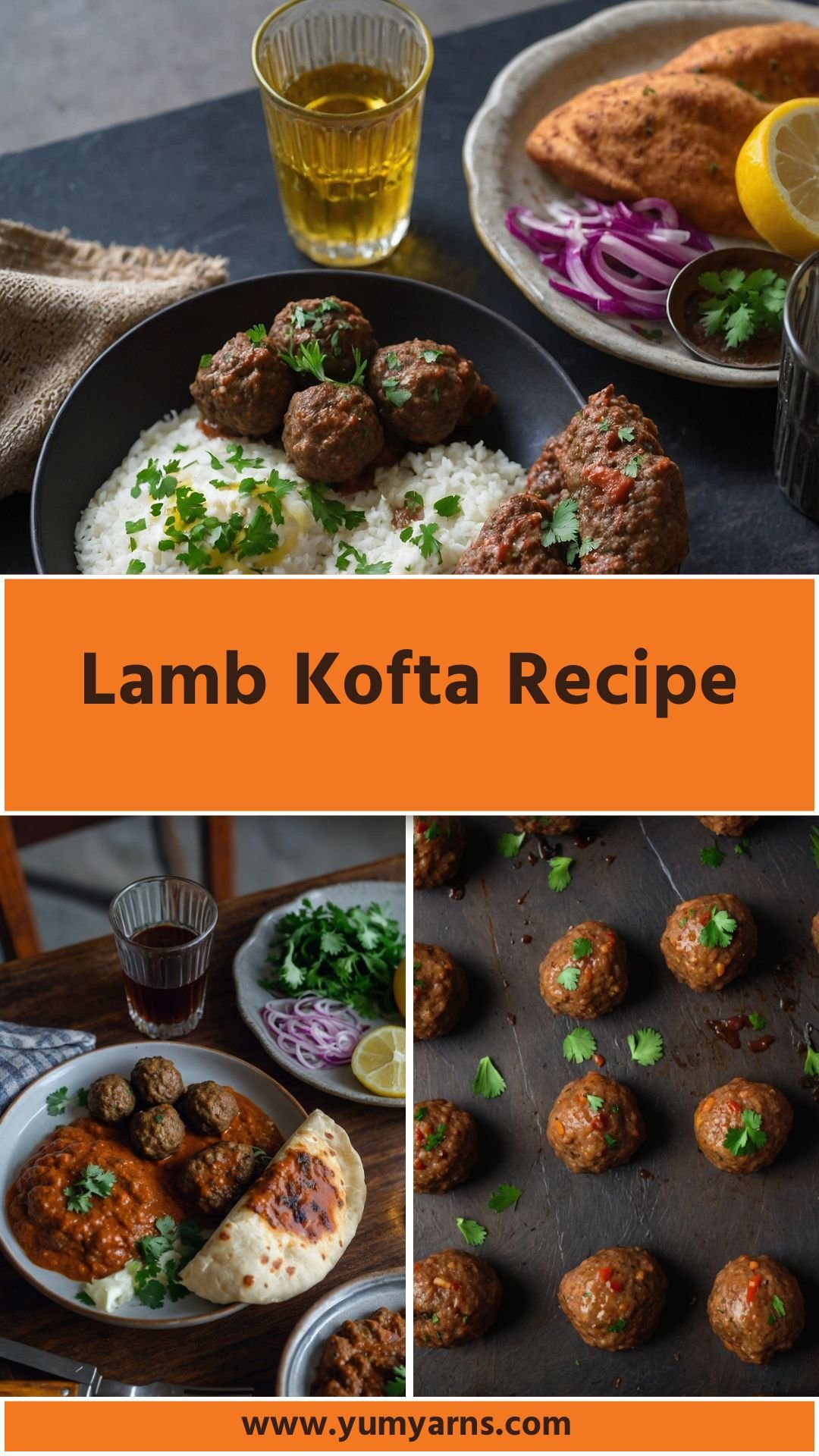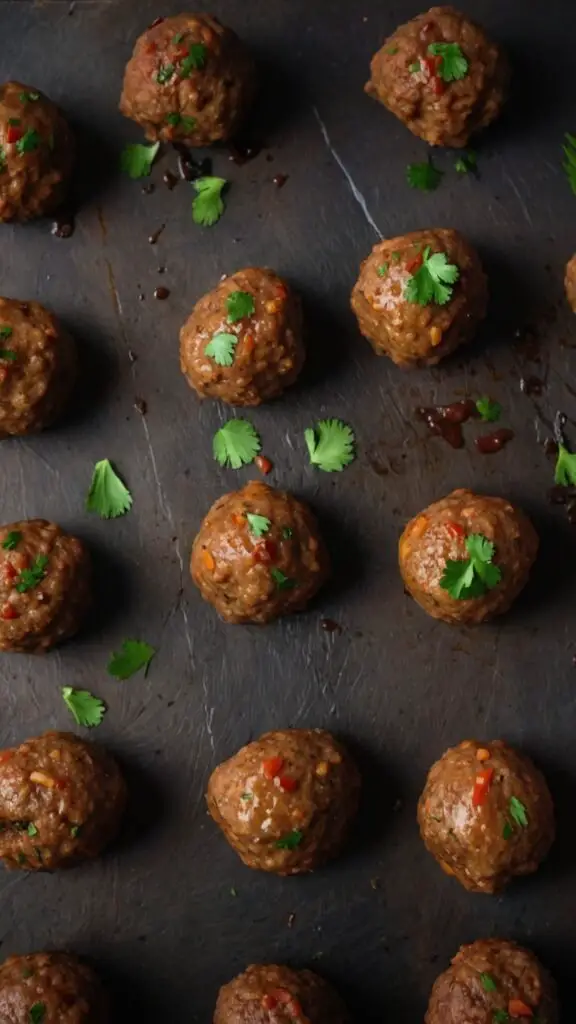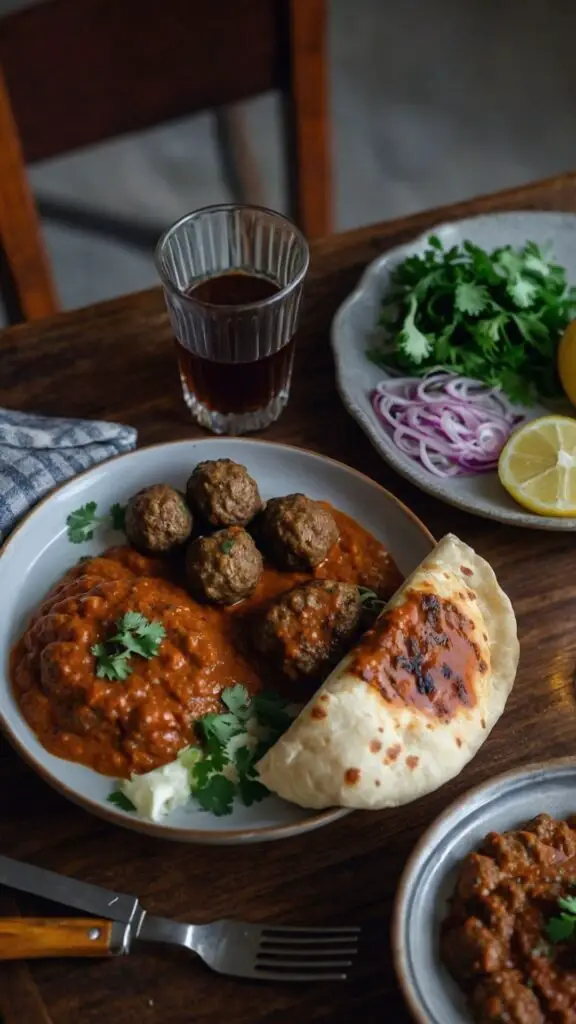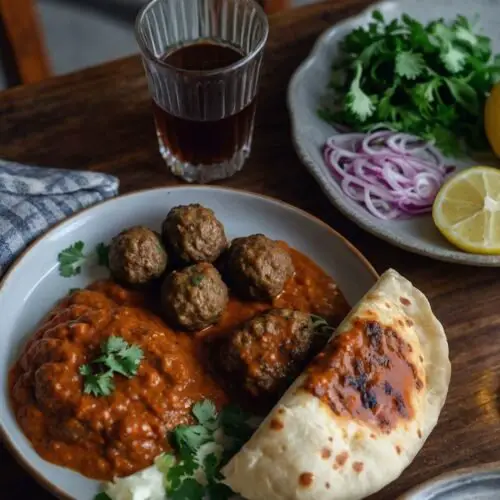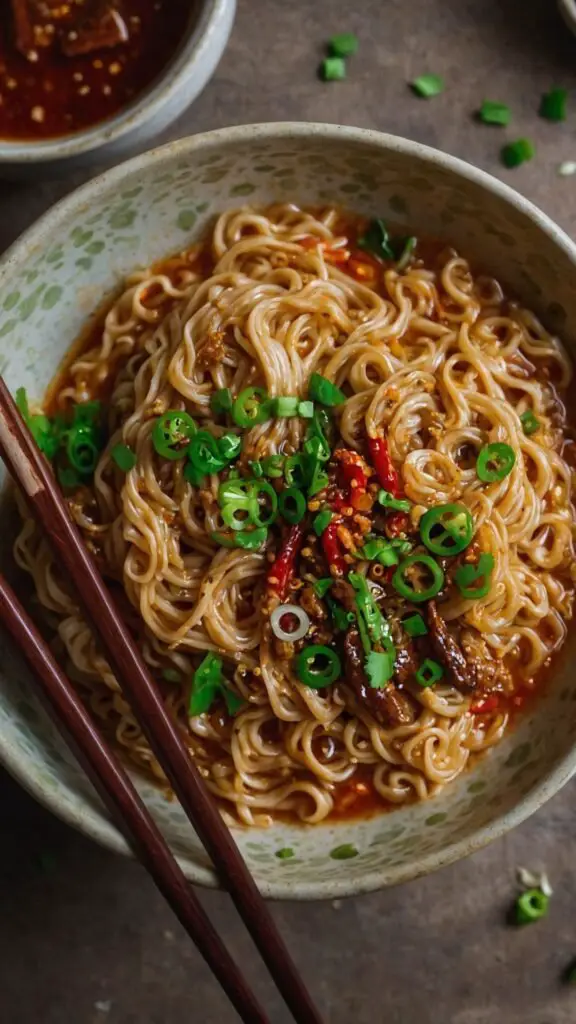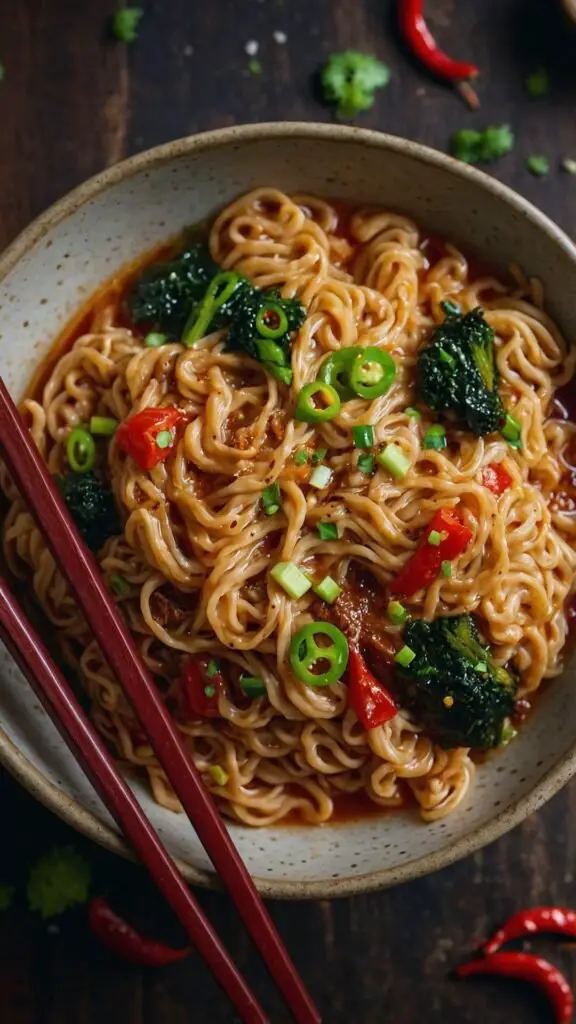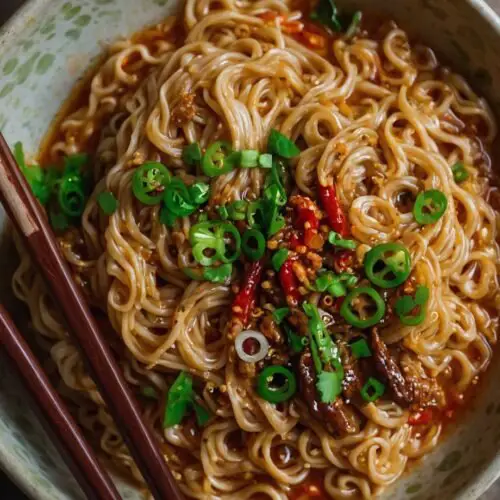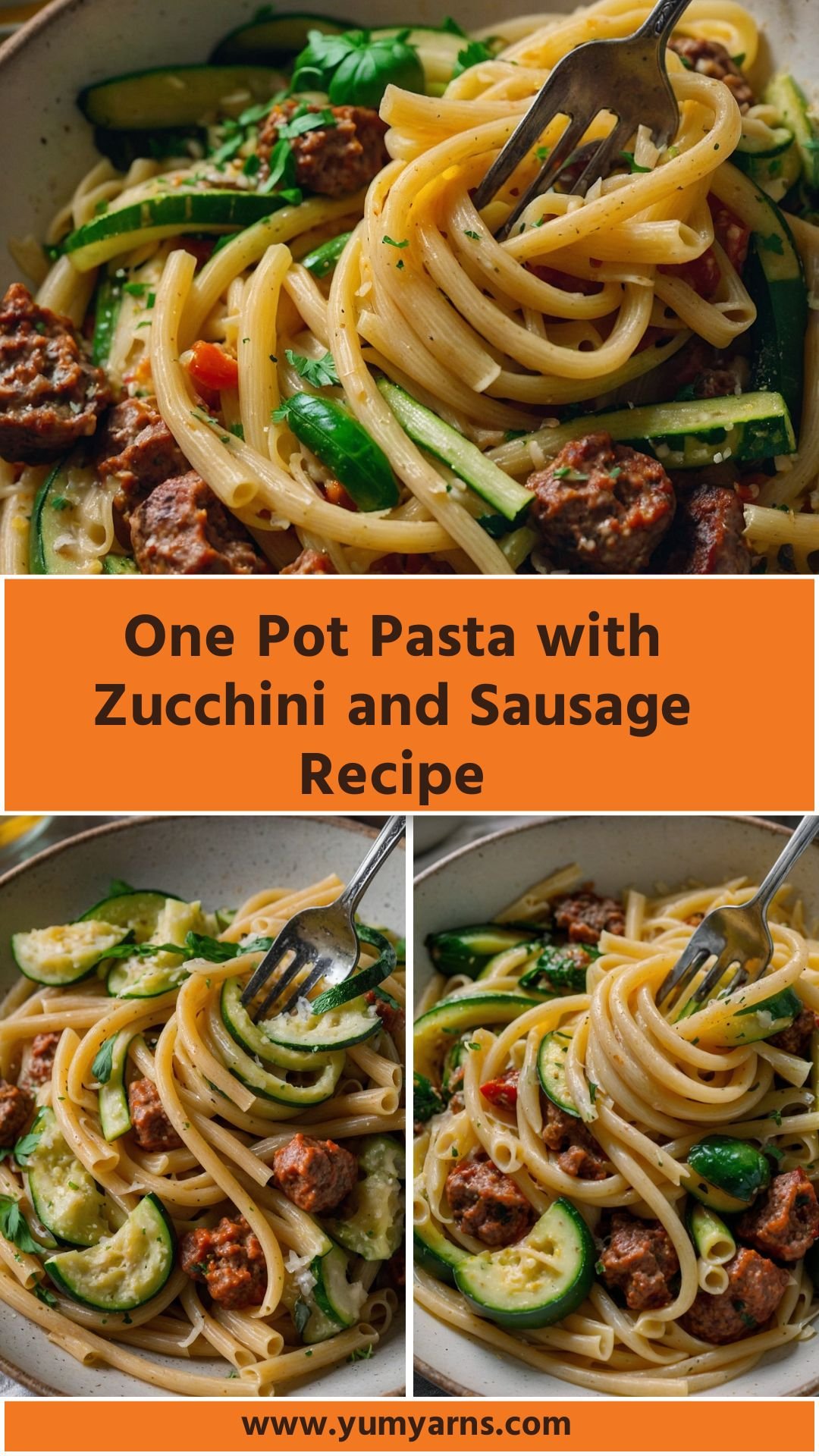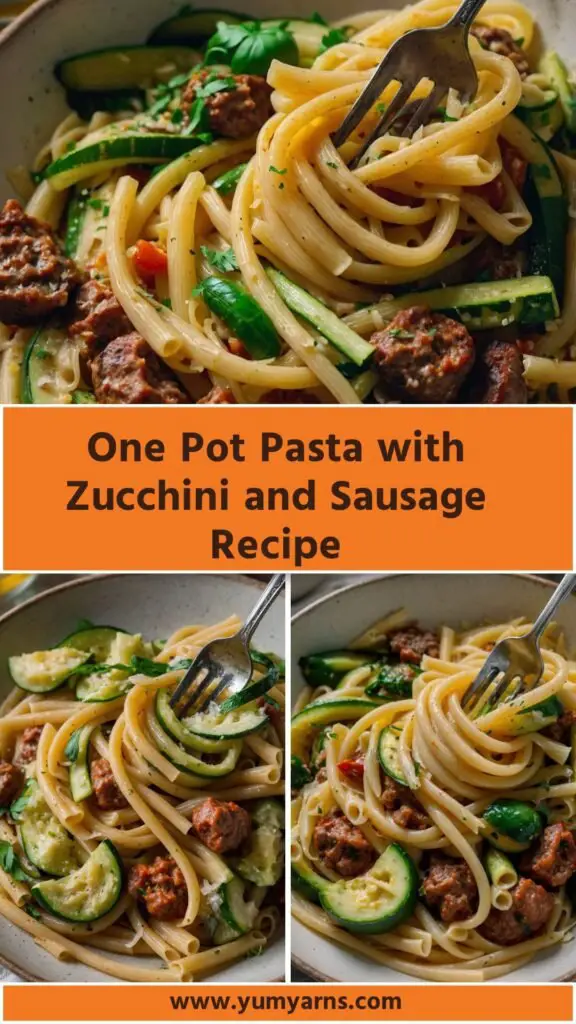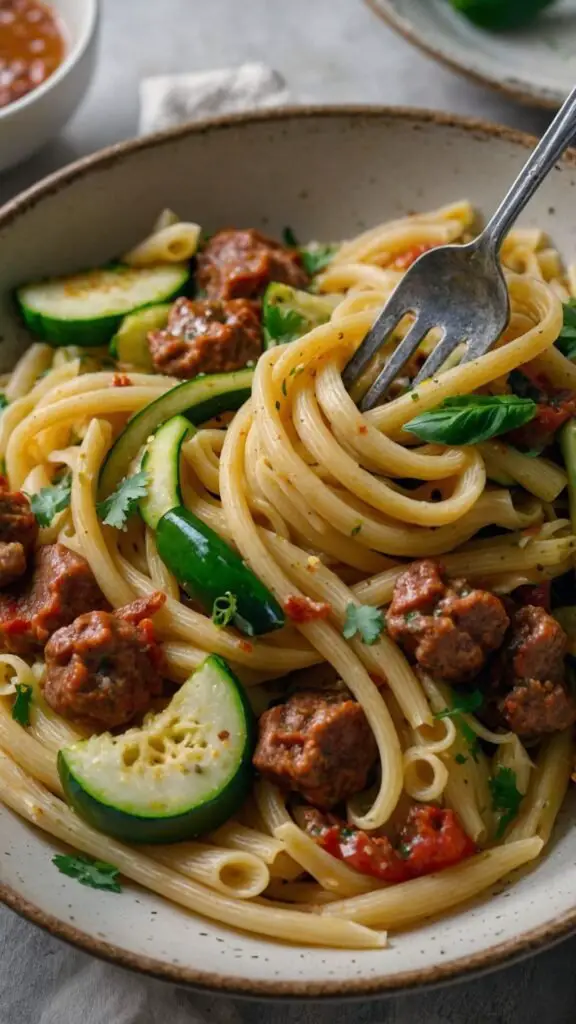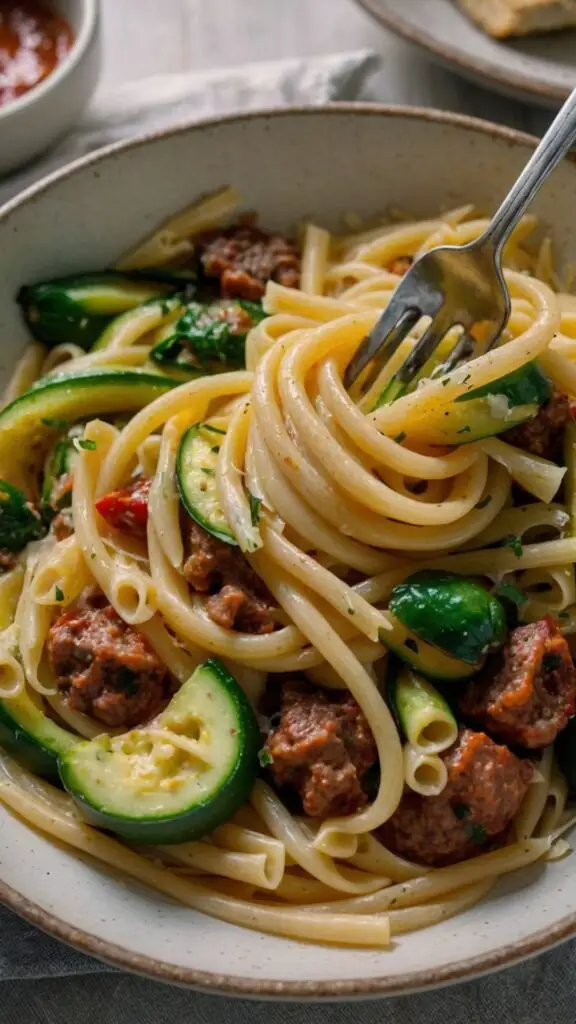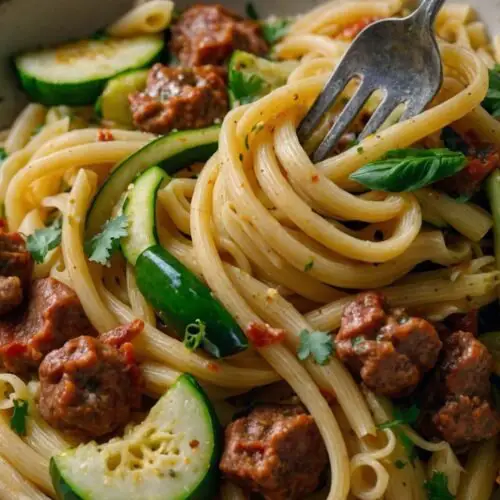As summer approaches and the sun begins to shine, we all start dreaming of barbecues and beach days. There’s something undeniably satisfying about enjoying a plate of crispy beer battered shrimp tacos as the ocean breeze sweeps across your face. To complement these tasty tacos, consider serving them with a side of refreshing mango salsa, guacamole, or a bright citrusy coleslaw. A cold lager or tangy margarita pairs beautifully, enhancing the flavors of the shrimp while keeping the vibe relaxed and fun. Let’s dive into the world of beer battered shrimp tacos, a dish that has a special place at my table.

I remember the first time I had beer battered shrimp tacos. It was a random Tuesday evening, and a small taco truck parked a few streets away caught my eye. The aroma wafting from the truck was intoxicating. I ordered a couple, and let me tell you, it was love at first bite. The crispy shrimp, zesty slaw, and creamy sauce harmonized perfectly, awakening my taste buds. Since that day, I have strived to bring that joy into my kitchen.
Making beer battered shrimp tacos is not just about following a recipe. It’s about embracing the freshness of ingredients, celebrating flavors, and sharing delightful moments with loved ones. These tacos are easier to whip up than you might think, and I’m here to walk you through it all—step by step.
What Are Beer Battered Shrimp Tacos?
Beer battered shrimp tacos are delightful culinary creations where succulent shrimp are coated in a light, airy batter made with beer before being fried to golden perfection. This method of battering gives the shrimp an unbeatable crunch while keeping the inside tender and full of flavor. Served in soft taco shells, they often come topped with fresh slaw, a drizzle of spicy crema, and a squeeze of lime.
What Makes This Recipe Different From Other Beer Battered Shrimp Tacos?
So many taco recipes drown great ingredients in processed sauces and heavy fry batters. My recipe shines by keeping things fresh. I incorporate chipotle and smoked paprika in the batter for depth, while a zesty serrano slaw adds crispness and heat. It’s that balance of richness and freshness that sets my version apart. Each element plays a role and complements the others seamlessly.
You will also like the following Lunch and Dinner recipes!
How Does It Taste?
Imagine sinking your teeth into a taco with crunchy shrimp. As you bite through the easy-to-eat tortilla, the flavor layers unfold. First, the subtle smokiness of the battered shrimp dances on your palate. Next, the tangy lime from the slaw gives a refreshing zing. A hint of chili from the serrano finishes off the experience, leaving you craving another bite. You won’t struggle to stop at just one or two tacos!
Ingredients You’ll Need to Make This Dish
Let’s gather up the essentials. You’ll want to have the following ingredients on hand:
Beer-Battered Shrimp:
- 24 large shrimp, cleaned and peeled (tails left on for easy dipping)
- 1 cup all-purpose flour
- 1 teaspoon chipotle or árbol chili powder
- 1 teaspoon freshly ground black pepper
- 1 teaspoon fine sea salt
- 1 teaspoon smoked paprika
- 2 teaspoons yellow mustard
- 8 oz cold lager or pilsner beer
- 2–3 cups neutral oil for frying (avocado or vegetable oil recommended)
Serrano Slaw:
- 4 cups thinly sliced green cabbage
- 1/2 small red onion, thinly sliced
- 1–2 serrano chiles, finely minced or thinly sliced
- 3 medium radishes, thinly sliced
- 1/3 cup fresh cilantro, chopped finely
- Juice of 1 large lime
- Salt and freshly cracked black pepper, to taste
- 1 teaspoon honey
Crema:
- 3/4 cup Mexican crema, salted
- 3/4 cup mayonnaise
- 1/4 cup smoky salsa or finely minced chipotles in adobo
- Salt and freshly ground black pepper, to taste
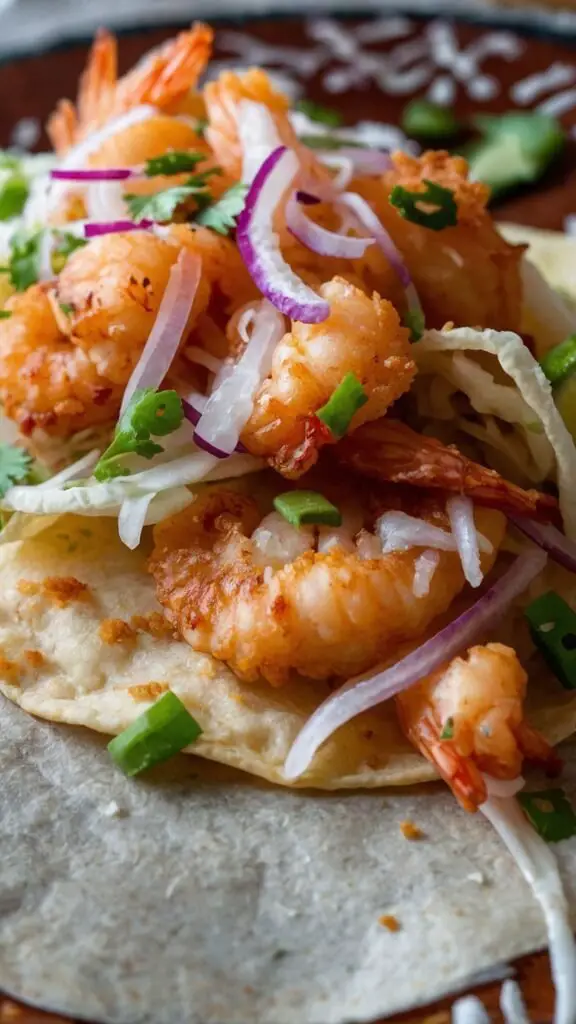
Step-by-Step Instructions
Now that we have all our ingredients, let’s get started.
Step 1: Prepare the Shrimp
Begin by cleaning and peeling the shrimp. Make sure you dry them off with a paper towel. A dry surface helps the batter cling better. Try not to skip this step!
Step 2: Mix the Batter
In a large bowl, combine the flour, chili powder, black pepper, salt, smoked paprika, and mustard. This dry mix will coat the shrimp with flavor. Once mixed, gradually pour in the cold beer, stirring until you achieve a smooth consistency. The beer should be cold for extra crunch. Set this aside while you prepare the slaw.
Step 3: Make the Serrano Slaw
In a separate bowl, combine the sliced cabbage, onion, serrano chiles, radishes, and cilantro. Give it a good toss to mix them together. Squeeze in the lime juice, add a pinch of salt and freshly cracked pepper, and stir in the honey. This slaw will brighten each bite.
Step 4: Prepare the Creamy Sauce
For that creamy kick, mix the Mexican crema, mayonnaise, and smoky salsa or chipotles in adobo in a bowl. Season it with salt and pepper. This sauce brings the entire taco together.
Step 5: Heat the Oil
In a heavy skillet, pour the oil and heat it to 350°F (175°C). A food thermometer is your best friend here. If you don’t have one, drop a small dollop of batter into the oil. If it sizzles right away, you’re ready to fry.
Step 6: Fry the Shrimp
Once the oil is hot, dip each shrimp into the batter, allowing excess to drip off. Carefully place them in the hot oil, frying in small batches to avoid crowding. Fry until golden, about 2-3 minutes on each side. Use a slotted spoon to transfer them to a plate lined with paper towels.
Step 7: Assemble the Tacos
Now comes the fun part. Grab your soft taco shells and start layering. First, add a generous amount of the serrano slaw, followed by the crispy shrimp. Drizzle your creamy sauce on top, and if desired, garnish with additional cilantro or lime wedges.
Tips & Tricks On Making Beer Battered Shrimp Tacos
1. Choose the Right Beer: For the batter, use a lager or pilsner. The carbonation gives the batter a lighter, crispier texture.
2. Don’t Overcrowd the Pan: Fry shrimp in small batches to maintain the oil temperature and ensure even cooking.
3. Use Fresh Ingredients: Fresh shrimp and veggies enhance flavors significantly. It’s worth the effort!
4. Meal Prep: The slaw and crema can be prepared ahead of time, making taco night a breeze.
5. Spice It Up: For an extra kick, consider adding more serrano chiles or using a spicier salsa in your crema.
Nutrition Information
Curious about the nutritional value? Here’s a basic breakdown, though it can vary based on portion sizes:
How Do I Store This Dish?
If you have any leftovers (which is rare, trust me), allow the shrimp to cool completely. Store them in an airtight container in the fridge for up to two days. Reheat in an air fryer or oven to regain that crispy texture before serving again.

What Other Substitutes Can You Use in Beer Battered Shrimp Tacos?
- Cauliflower: Swap shrimp for cauliflower for a vegetarian alternative. Just follow the same battering process.
- Chicken: Chicken tenders can replace shrimp for those who prefer poultry.
- Tofu: Go with firm tofu for a plant-based protein. Press it to remove excess moisture for better batter adherence.
- Zucchini Sticks: Slice zucchini into strips for a lighter option. You’ll enjoy a delicious vegetable twist.
- White Fish: Swap for a mild white fish like cod or tilapia, using the same battering technique.

Beer Battered Shrimp Tacos Recipe
Equipment
- Batter
- Paper sheet
Ingredients
- 24 large shrimp cleaned and peeled (tails left on for easy dipping)
- 1 cup all-purpose flour
- 1 teaspoon chipotle or árbol chili powder
- 1 teaspoon freshly ground black pepper
- 1 teaspoon fine sea salt
- 1 teaspoon smoked paprika
- 2 teaspoons yellow mustard
- 8 oz cold lager or pilsner beer
- 2 –3 cups neutral oil for frying avocado or vegetable oil recommended
- 4 cups thinly sliced green cabbage
- 1/2 small red onion thinly sliced
- 1 –2 serrano chiles finely minced or thinly sliced
- 3 medium radishes thinly sliced
- 1/3 cup fresh cilantro chopped finely
- Juice of 1 large lime
- Salt and freshly cracked black pepper to taste
- 1 teaspoon honey
- 3/4 cup Mexican crema salted
- 3/4 cup mayonnaise
- 1/4 cup smoky salsa or finely minced chipotles in adobo
- Salt and freshly ground black pepper to taste
Instructions
Step 1: Prepare the Shrimp
- Begin by cleaning and peeling the shrimp. Make sure you dry them off with a paper towel. A dry surface helps the batter cling better. Try not to skip this step!
Step 2: Mix the Batter
- In a large bowl, combine the flour, chili powder, black pepper, salt, smoked paprika, and mustard. This dry mix will coat the shrimp with flavor. Once mixed, gradually pour in the cold beer, stirring until you achieve a smooth consistency. The beer should be cold for extra crunch. Set this aside while you prepare the slaw.
Step 3: Make the Serrano Slaw
- In a separate bowl, combine the sliced cabbage, onion, serrano chiles, radishes, and cilantro. Give it a good toss to mix them together. Squeeze in the lime juice, add a pinch of salt and freshly cracked pepper, and stir in the honey. This slaw will brighten each bite.
Step 4: Prepare the Creamy Sauce
- For that creamy kick, mix the Mexican crema, mayonnaise, and smoky salsa or chipotles in adobo in a bowl. Season it with salt and pepper. This sauce brings the entire taco together.
Step 5: Heat the Oil
- In a heavy skillet, pour the oil and heat it to 350°F (175°C). A food thermometer is your best friend here. If you don’t have one, drop a small dollop of batter into the oil. If it sizzles right away, you’re ready to fry.
Step 6: Fry the Shrimp
- Once the oil is hot, dip each shrimp into the batter, allowing excess to drip off. Carefully place them in the hot oil, frying in small batches to avoid crowding. Fry until golden, about 2-3 minutes on each side. Use a slotted spoon to transfer them to a plate lined with paper towels.
Step 7: Assemble the Tacos
- Now comes the fun part. Grab your soft taco shells and start layering. First, add a generous amount of the serrano slaw, followed by the crispy shrimp. Drizzle your creamy sauce on top, and if desired, garnish with additional cilantro or lime wedges.
Notes
- Choose the Right Beer: For the batter, use a lager or pilsner. The carbonation gives the batter a lighter, crispier texture.
2. Don’t Overcrowd the Pan: Fry shrimp in small batches to maintain the oil temperature and ensure even cooking.
3. Use Fresh Ingredients: Fresh shrimp and veggies enhance flavors significantly. It’s worth the effort!
4. Meal Prep: The slaw and crema can be prepared ahead of time, making taco night a breeze.
5. Spice It Up: For an extra kick, consider adding more serrano chiles or using a spicier salsa in your crema.
Nutrition
Frequently Asked Questions
1. Can I make the beer batter ahead of time?
Absolutely! You can prepare the batter in advance and store it in the fridge for a couple of hours. Just remember to give it a good stir before using, as it may thicken slightly.
2. Is it necessary to use cold beer for the batter?
Yes, cold beer is essential. Cold liquid creates a more airy batter, which is crucial for achieving that delightful crunch when frying.
3. Can I bake the shrimp instead of frying?
While frying gives the best texture, you can bake the shrimp if you prefer. Lightly coat them in oil and bake at 425°F for about 15-20 minutes, flipping halfway through
4. How can I make the sauce spicier?
Increase the amount of smoky salsa or add a dash of hot sauce to the crema for an extra kick. Alternatively, finely chop jalapeños and mix them in.
5. What side dishes go well with these tacos?
Consider serving them with cilantro lime rice, black beans, or even a fresh avocado salad. These options complement the flavors beautifully.
Conclusion
Beer battered shrimp tacos aren’t just food; they’re an experience. Each taco represents not just a meal but a moment of joy, laughter, and connection with others. From the first satisfying crunch to the last delicious bite, they leave a lasting impression. With a few kitchen staples and an adventurous spirit, you can create these at home and become the hero of taco night. So gather your friends, fire up the frying pan, and get ready to dive into a world of flavor—one crispy taco at a time.




